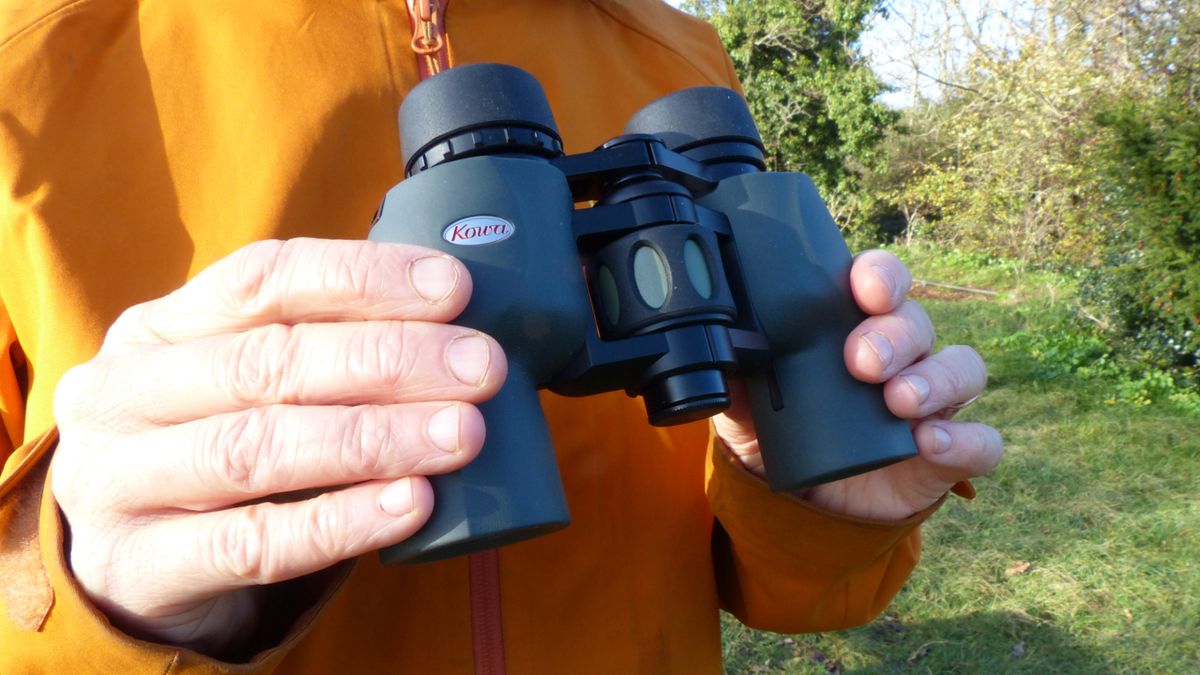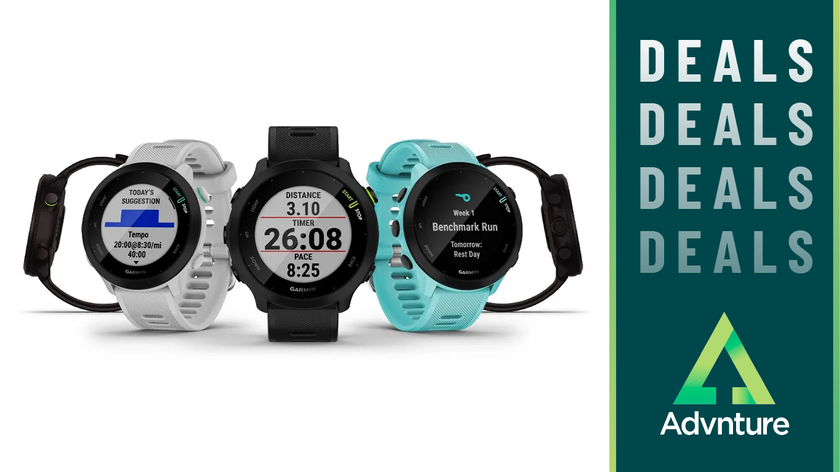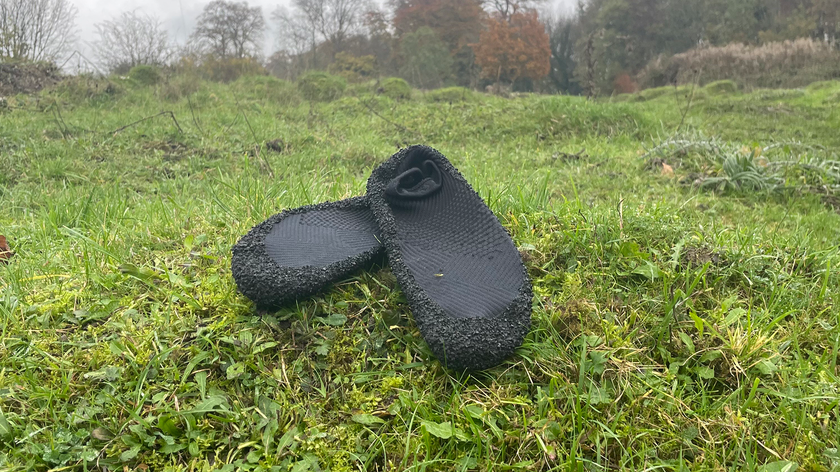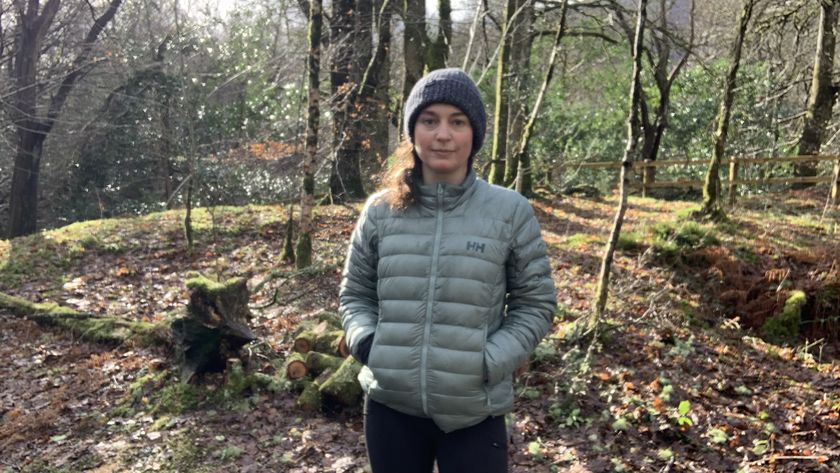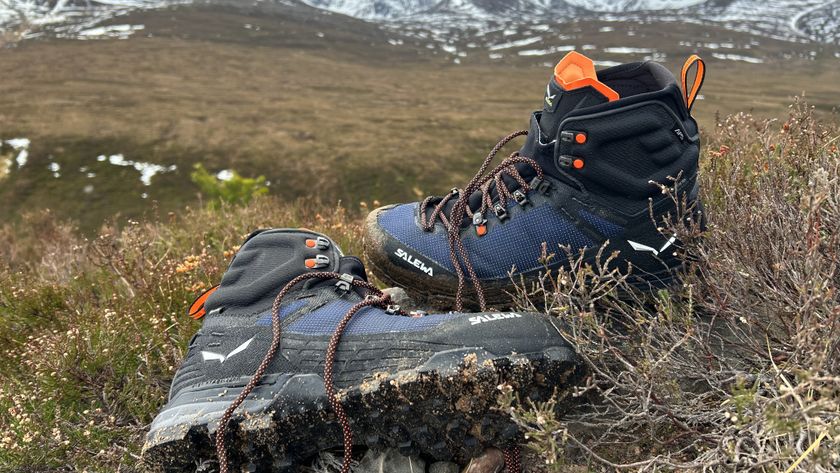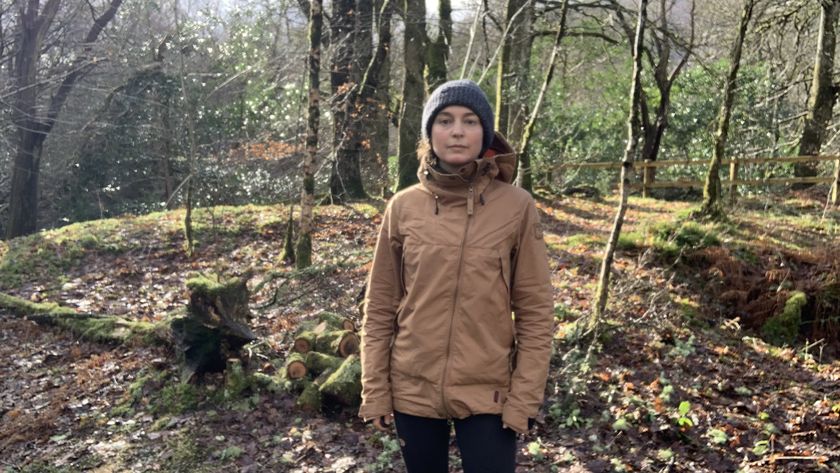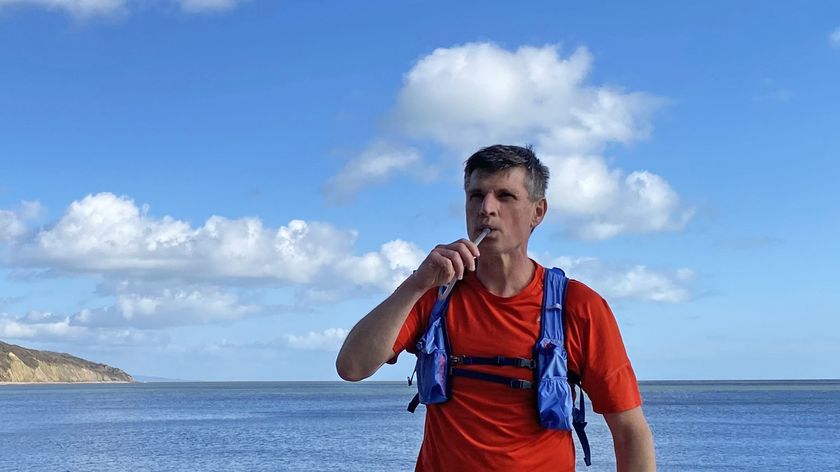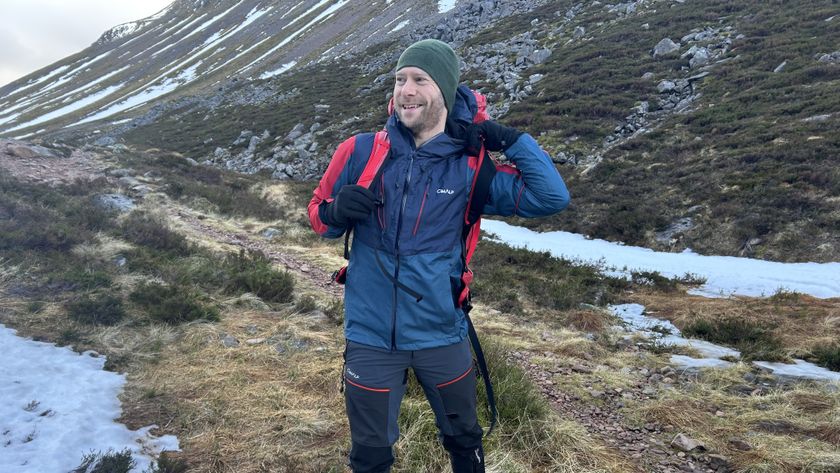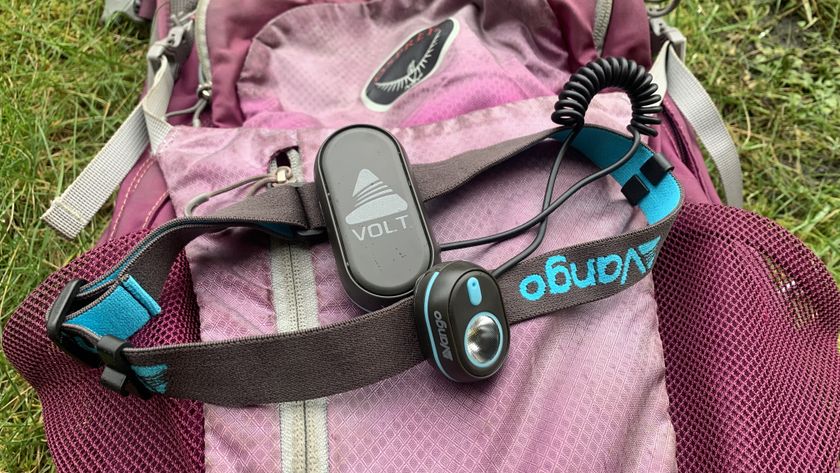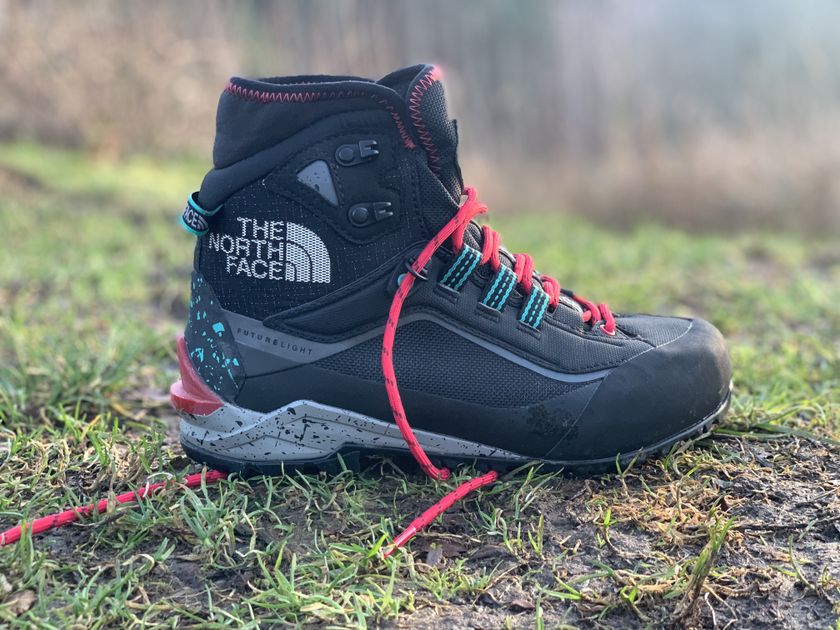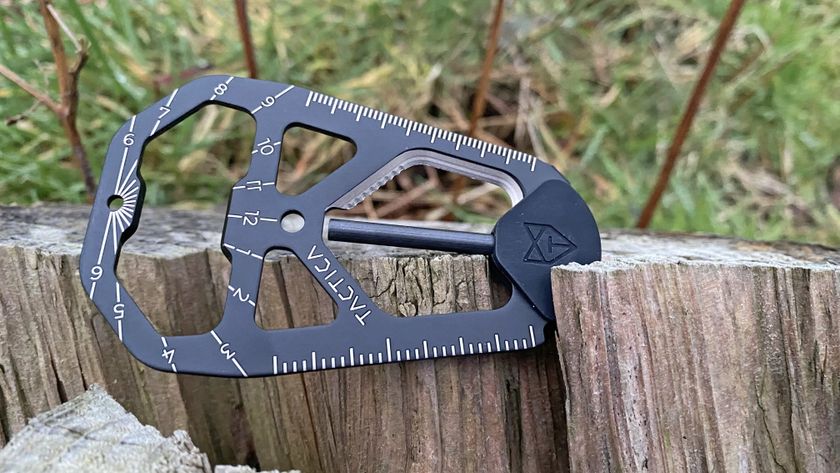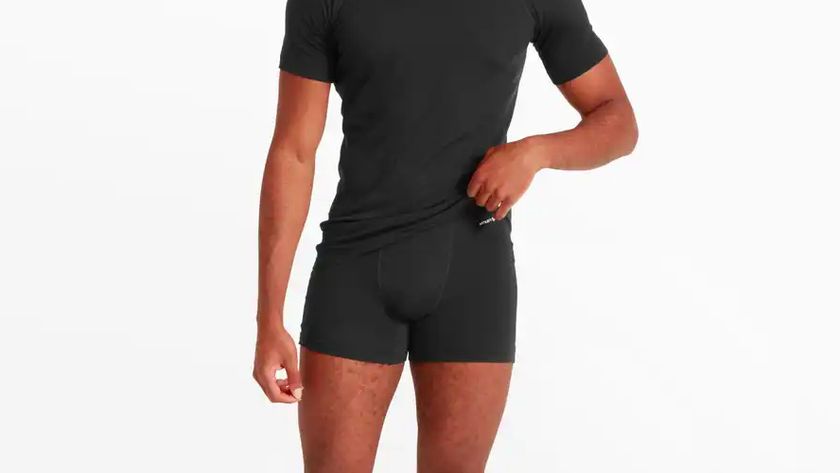Advnture Verdict
Don’t be put off by the slightly old-fashioned look and don’t write the Kowa YF 8x30 off as kid’s binoculars. They would be brilliant if you want to buy an affordable pair of binoculars for a younger relative looking to get into birding, but they’ve got a lot to offer anyone who wants to see more wildlife when they are out walking, camping, cycling or climbing. Lightweight and superbly compact, the image quality and brightness is very good at this price point. If you’re not sure whether you need a pair of bins, or want a ‘just in case’ pair, then these represent excellent value for money.
Pros
- +
Great value for money
- +
Excellent image quality and performance
Cons
- -
Slightly narrower field of vision
- -
Carry bag and extras don’t have high-end feel
You can trust Advnture
First thoughts
I’ve tested the Kowa YF 8x30s before, so I knew exactly what I was going to get. It was still pleasing to be reminded just how good the image is at this price point. These are porro prism binoculars. So rather than the seemingly straight barrels that you get with more modern roof prism binoculars, here you get a rather old-fashioned M shape, where the objective lens and eye piece do not line up.
They definitely aren’t as sexy as more modern bins, but they pack a surprisingly impressive visual punch at this price point. That’s because the technology required inside is far simpler than more modern roof-prism binoculars.
- Explore all of the best binoculars in our buying guide
- Light your way at night with the best head lamps
- Learn how to use binoculars with these tips
Out of the box, they feel good in your hands. They’re small enough to be easy for kids to use, but they have a sufficiently rugged, commando feel to suit any outdoor user.
I’ve had to work really hard to keep track of the objective lens protectors (I would fully expect to lose these within the first few weeks) but I’ve really enjoyed my time testing them out.
• RRP: $149 (US)/£100 (UK)
• Size: 160mm length; 114mm width/ 6.3in length; 4.5in width
• Weight: 470g/16.6oz
• Magnification: 6
• Objective diameter: 30mm
• Field of view at 1000m: 119m
• Close focusing distance: 2m/6.6ft
In the field
Despite being the cheapest pair of binoculars on test, these delivered the biggest coup. Walking into the Forest of Dean, just as we rounded a corner, we were presented with a goshawk, circling a small area of open grassland about 30 metres away. I pulled these out of my pocket and got the most incredible view of this rare and spectacular bird.
I’m sure that a more expensive pair would have delivered a brighter, perhaps slightly sharper image, or offered a wider angle of view to track it as it flew off. But these were sitting in my jacket pocket waiting to see one of my top wildlife spots of the year. It is a moment I will never forget.
I’m not going to pretend that I would swap these for my existing binoculars, but I do think they have a lot to offer. If you’re operating on a budget and your priority is a pair of compact, lightweight binoculars then these are fantastic. If you’ve got more money to spend, go for the Opticron Explorers.
If you want to take your birding and wildlife watching more seriously, then by spending a little more money you’ll get something that really meets your aspirations. But these are definitely worth consideration. They suggest a close focus range of 2 metres, and I did struggle to achieve this.
That said, these Kowa YFs are really impressive. They deliver a bright, sharp image with good colour and very little sense of fuzziness at the edge. The field of view is wide enough for them to work as a primary pair of bird watching binoculars and they offer relatively good close focus. They are great for smaller hands, and perfect for young birders who want their first pair of bins.
If you’re buying on a budget, these are robust, light, easy to pack, sit neatly in a waterproof jacket pocket and are ready for action when you need them. So not just for kids and beginners, these are brilliant binoculars for anyone at this price point.
Former Editorial Development Director for Lonely Planet, editor of Trail and BBC Wildlife magazine, and editor-in-chief of Trail Running magazine, Matt got the outdoor bug as a teen on gruelling UK Ten Tors events around Dartmoor. He has hitch-hiked to Egypt, cycled through India, enjoyed the delights of the High Atlas, slept on volcanoes while living in Central America, climbed in the Alps and tackled some of Scotland’s really big routes, from Tower Ridge and the Cuillin to the Aonach Eagach. He’s got a passion for butterflies and ukuleles. If you see him in a campfire situation… approach with caution.
